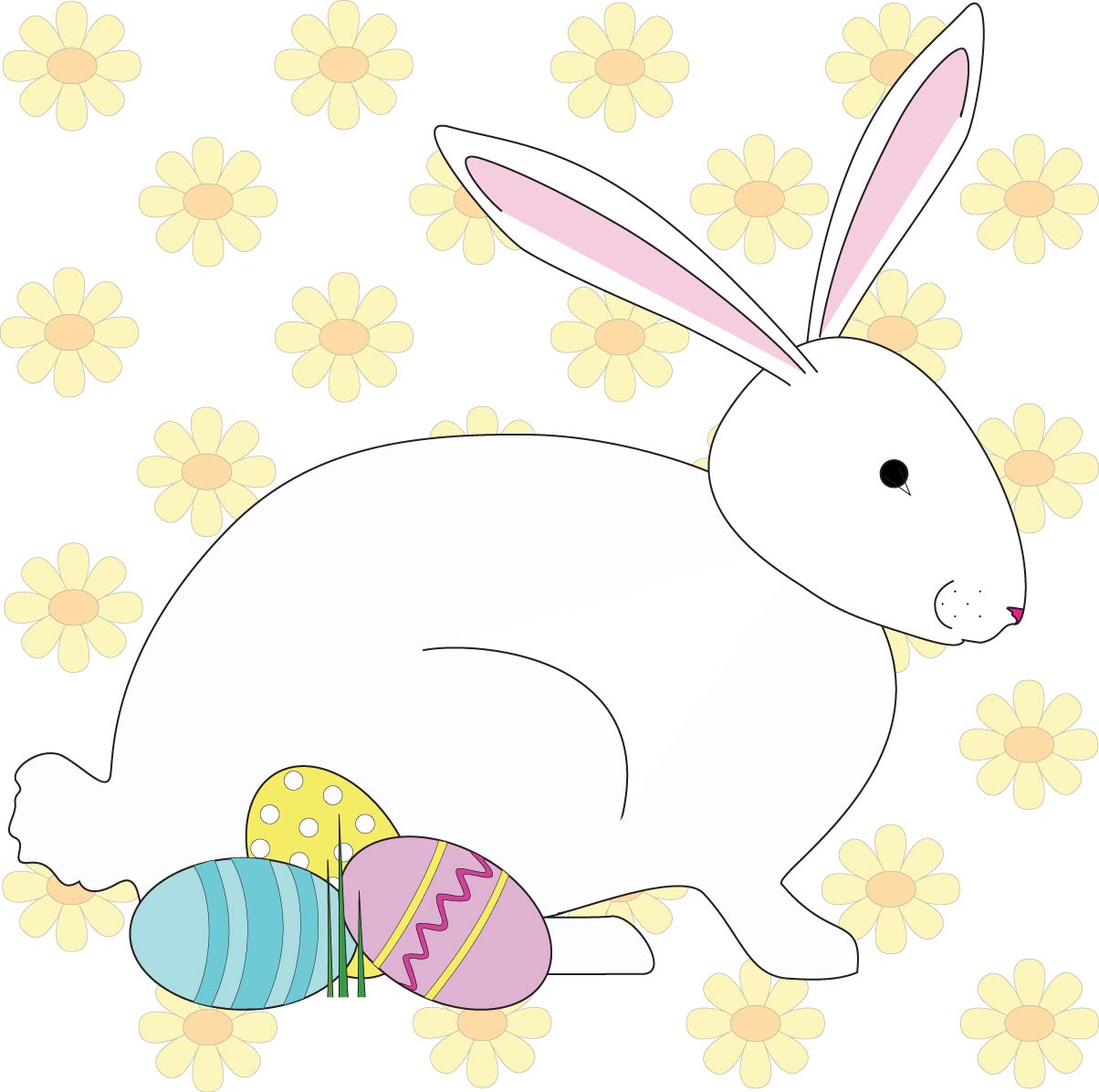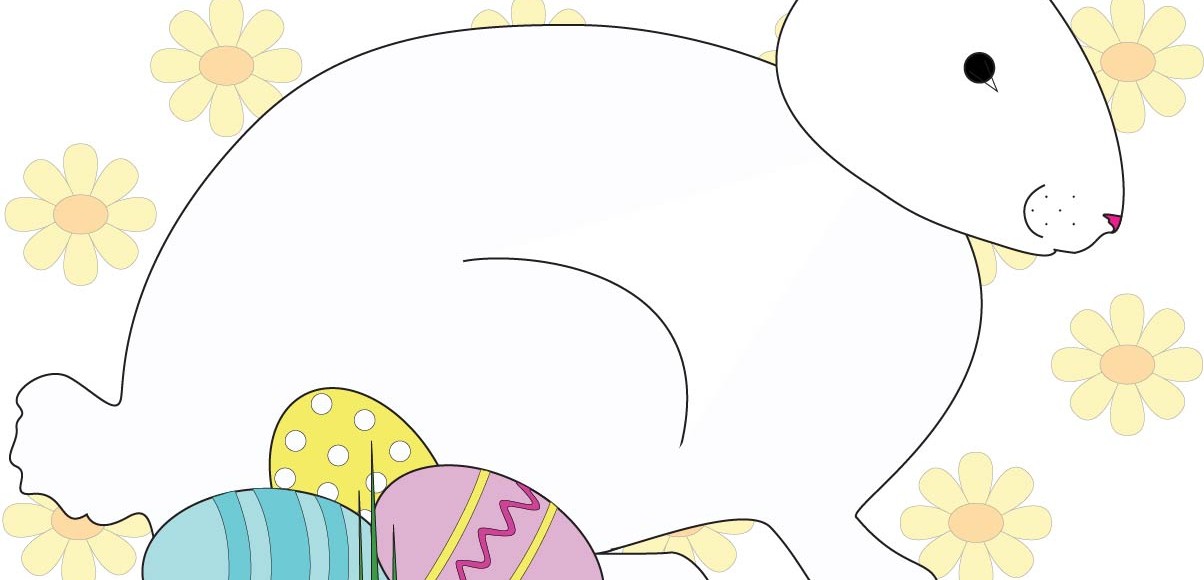
It’s that time of year again, time to buy and dye a cartons worth of eggs, splurge on chocolate and sugar, and hope the Easter Bunny will deliver happiness in a basket to families around the world.
Originally, the Easter Bunny was believed to be an Easter Hare, and according to About’s website, it was believed among children that hares laid eggs in the grass. This was a contributing factor in inspiring the tradition of easter egg hunts every year.
During the 13th century, Pagan festivals were held to celebrate the anglo-saxon goddess of fertility and spring, Eostre (ee-ah-strah). Eostre was a fan of rabbits, and because she was so popular, the rabbit became a symbol of Easter that would carry on.
However, in other countries, such as Germany and Switzerland, that rabbits weren’t the only symbol of Easter. It is believed that foxes, storks, swans, and even roosters have an important role in the holiday and delivery of colored eggs, too.
There are many theories as to why eggs have become a significant symbol of the Easter holiday. One classic belief is that the egg is symbolic to the stone that was rolled away from the tomb of Jesus after his crucifixion.
Another is that the shape is similar to the full moon that changes every year after Easter. .Although there is no known facts as to why the eggs are part of this holiday, it’s the most common belief that eggs symbolize fertility and new life.
According to Petsugar.com, it is believed by scholars that in the 1800s, children would build nests and leave eggs in them. If the child was a well-behaved, their eggs were colored by the Easter Bunny. However, over centuries the Easter Bunny has begun to leave chocolates to do-gooders on Easter Sunday.
Failed Success’ website says, that in the 1300s, Easter was celebrated by the Roman catholics with hot cross buns. Buns, at the time, were a symbol of healing and protection from evil. Thus, they were passed out on Good Friday to the homeless. But after the banning of Roman Catholicism in England, it was time to convert the citizens to chocolate.
“From buns to bunnies, either way, there is going to be a bun involved” said, Lewis and Clark student, Robert Callal.




